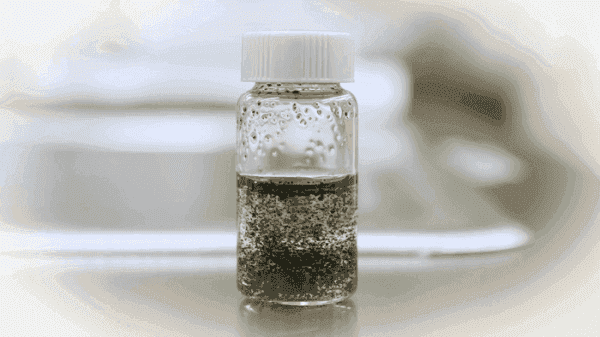Small particles from tires inhibited the growth and caused adverse behavioral changes in organisms found in freshwater and coastal estuary ecosystems, two new Oregon State University studies found.
The findings are part of a continued effort by scientists to unravel the impacts of microplastics and nanoplastics on aquatic ecosystems and aquatic organisms. Tire particles are one of the most common microplastic types in aquatic ecosystems.
Harper, Brander and several other graduate students and a post-doctoral scholars in their labs, including Brittany Cunningham, Samreen Siddiqui, recently published two papers on the tire particle research in Chemosphere and the Journal of Hazardous Materials.
“The focus on microplastics and now nanoplastics is still relatively new,” said Stacey Harper, an Oregon State professor who studies the environmental health and safety impacts of nanomaterials and led the research on tire particles in freshwater organisms. “We’re now at the point of making policy decisions that we don’t have the science for. That’s why we are scrambling to supply that science.”
California is at the forefront of this issue, with a statewide microplastics strategy adopted last week. Similar efforts at the federal level and potentially among other states are anticipated, said Susanne Brander, an assistant professor and ecotoxicologist at Oregon State who led the coastal study on tire particles and was also co-chair for one of the several science advisory teams that helped develop the California strategy.
Read more at: Oregon State University
Micro-sized tire particles generated from tire tread using a cryomill in the lab of Oregon State University Professor Stacey Harper. (Photo Credit: Saskia Madlener)


